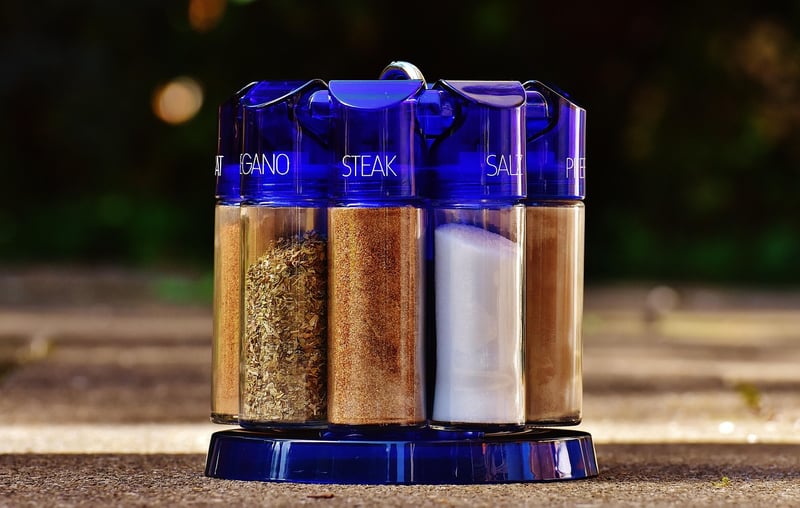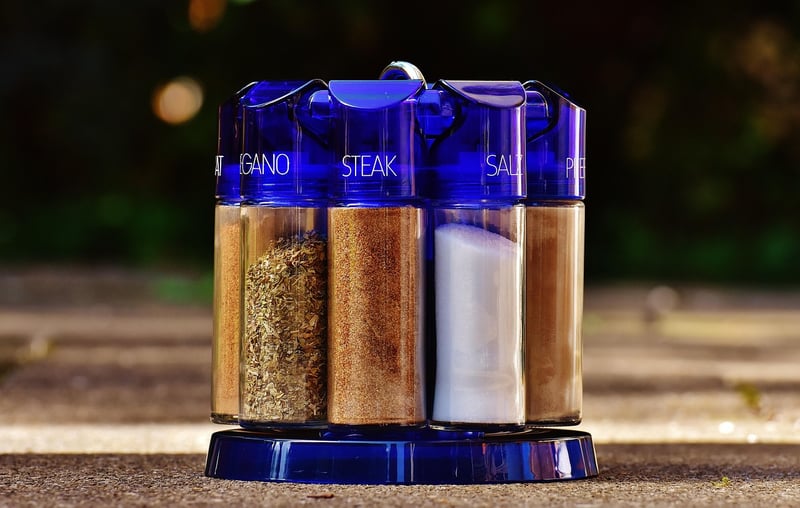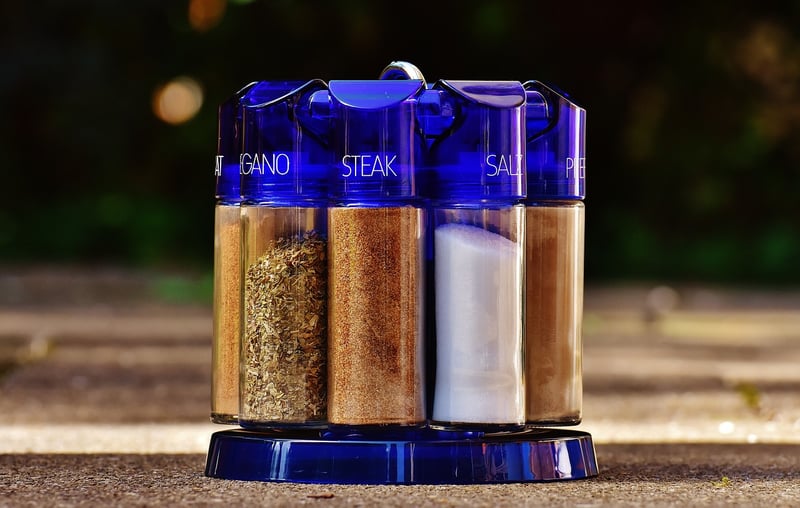Evolution of Spices
The Evolution of Spices: A Dive into Our Gastronomic Past
Spices have played a significant role in shaping the way we cook and eat throughout history. From ancient times to modern culinary practices, the use of spices has evolved, adding flavor, aroma, and color to dishes that tantalize our taste buds.
Ancient Beginnings
Spices have a rich history that dates back to ancient civilizations. Countries like Egypt, India, and China were among the first to cultivate and trade spices, utilizing them for their medicinal properties and enhancing the taste of food.

The Spice Trade Routes
Spices were highly sought after commodities that led to the establishment of extensive trade routes. The Spice Route, connecting Asia with Europe, played a crucial role in the exchange of spices like pepper, cinnamon, and cloves.

Spices in Modern Cuisine
Today, spices continue to be an integral part of global cuisine. They are used not only for flavor but also for their health benefits and preservative properties. From the fiery heat of chili peppers to the warm notes of cinnamon, spices add depth and complexity to dishes.
Popular Spices
- Cumin
- Turmeric
- Paprika
- Cinnamon
- Ginger
Exploring New Flavors
As our palates continue to evolve, chefs and home cooks alike are experimenting with a diverse range of spices from around the world. This exploration of flavors adds excitement to meals and allows us to experience different culinary traditions.

The Future of Spices
With the growing interest in global cuisine and sustainable practices, the future of spices looks promising. Consumers are seeking high-quality, ethically sourced spices to create delicious dishes while supporting local communities.
Embrace the diverse world of spices and embark on a culinary journey that connects you to our gastronomic past while shaping the flavors of tomorrow.
References: History.com, BBC Good Food
